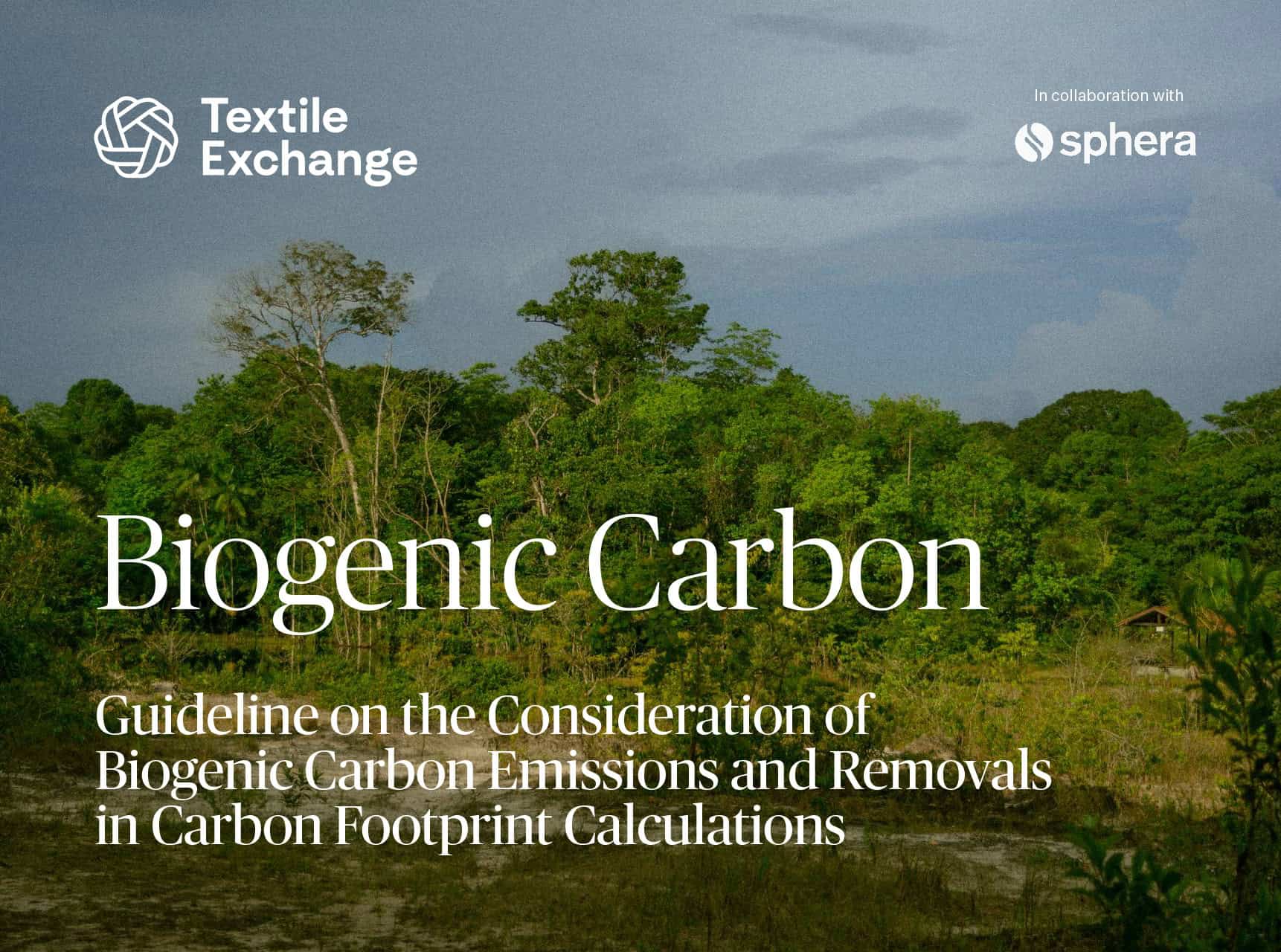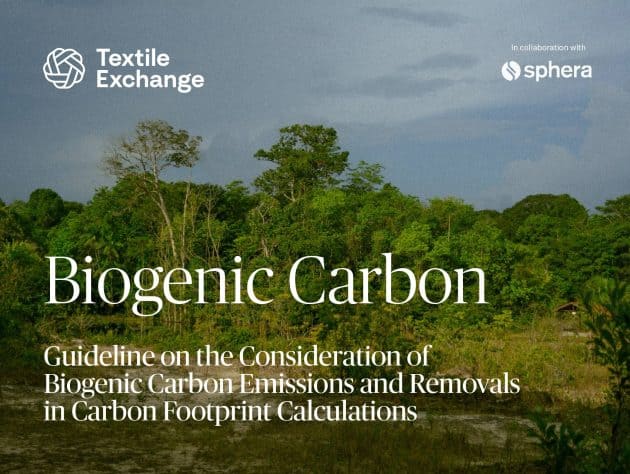Biogenic Carbon Guideline

The emission pathways assessed by the Intergovernmental Panel on Climate Change (IPCC) to limit global warming to 1.5°C or 2°C by the year 2100 require not only the reduction of emissions but also the utilization of carbon dioxide removals (CDR).
Many companies have set their emission targets in line with 1.5°C, aiming to achieve net zero eventually. This has led to an increased awareness of GHG emissions in the supply chain (scope 3 emissions), where agricultural products can represent important hotspots, especially where deforestation occurs. At the same time, there is hope that agriculture can be part of the solution, such as through soil carbon sequestration supported by improved agricultural practices.
One key point in this matter is biogenic carbon. This type of carbon is absorbed from the atmosphere by plants as they grow and can be released back into the atmosphere later when the plants burn or break down.
There is no doubt that biogenic carbon stocks are important for emissions and mitigating carbon levels. However, the extent of changes in these biogenic carbon stocks and the methods to quantify these changes have been highly controversial and a subject of debate for many years.
This paper, written in collaboration with Sphera, provides guidance on the difficult terrain of old and new standards and guidelines that cover accounting methods for biogenic carbon, including:
- GHG Protocol (2023): Land Sector and Removals Guidance Draft
- Product Environmental Footprint method of then European Commission
- ISO (2018): ISO 14067:2018 – Carbon footprint of products
- WWF/SBTi (2023): Forest, Land and Agriculture Science-Based Target-Setting Guidance V1.1
Download the paper
Biogenic Carbon: Guideline on the Consideration of Biogenic Carbon Emissions and Removals in Carbon Footprint Calculations is freely available to all.

Discover the key takeaways
- Removals should only be considered in carbon footprint calculations if it can be ensured that they are permanent. The guidance on the inclusion of removals for reporting requirements in the GHG Protocol Land Sector and Removals Guidance is particularly relevant here.
- In most cases, the storage of carbon in biobased products (carbon contained in the product) will be temporary. The carbon stored in the product should not be claimed as being removed if it cannot be considered to be removed permanently (under the strict criteria laid out in the GHG Protocol).
- Carbon emissions from land-use change contribute significantly to global warming. Avoiding emissions from land-use change should be a top priority for all companies, which requires them to better understand the origin of their supply chains and improve the traceability of their materials.
- Removals should only be claimed if occurring directly in the value chain and if strict criteria to claim removals from GHG Protocol are met. Offsetting cannot be included in a carbon footprint.
- The uncertainty around removals with soil carbon sequestration remains high. In some circumstances, significant soil organic carbon sequestration is possible. However, due to the associated uncertainty within quantification methods, soil organic carbon sequestration should only be one part of a broader emission reduction strategy.
- Even without carbon sequestration claims, promoting healthy soil environments is worthwhile. If removals are being claimed, the principles of permeance should be established. More importantly, it remains to be seen how the sequestration of carbon in soils and its quantification can be put into practice in a scalable way.
- Delayed emissions should not be included in carbon footprint assessments. If assessed, they should be reported as additional information.
LEARN MORE
Discover other relevant reports
FAQs
If you have any questions about this report, please feel free to contact us.